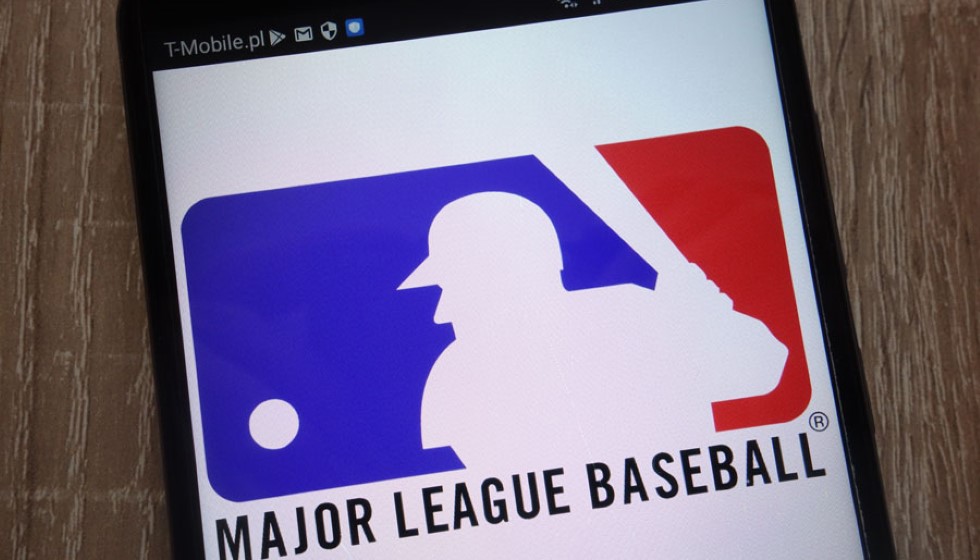
Hall of Fame Ballot Gains New Perspectives
This year's Hall of Fame ballot carries significant weight, not just for the players listed, but for one sports journalist who steps into the role of an official voter for the first time. The narratives surrounding the eligible players prove complex, weaving through storied careers marked by achievements, controversies, and statistical splendor.
Ichiro Suzuki: A "Feel" Factor
Among the notable players on the ballot is Ichiro Suzuki, whose Major League Baseball career began at the seasoned age of 27. Despite the late start, Suzuki made a striking impact, amassing over 3,000 hits in the United States and boasting a .311 batting average along with 509 stolen bases. Reflecting on Suzuki's career, the journalist notes, "There's a 'feel' factor to him," hinting at an intangible quality that elevates his candidacy beyond mere numbers.
This sentiment is encapsulated in the comparison between Suzuki and another great, Kenny Lofton. "The Lofton/Ichiro comp is a great example of how HOF is definitely not a mere stats-based vote," the journalist explains, showcasing how Hall of Fame considerations blend metrics with the ineffable elements of influence and legacy.
Controversies and Comparisons
The ballot is also marked by its controversies, with figures like Barry Bonds and Roger Clemens making appearances amid ongoing debates about their eligibility due to past allegations. Simultaneously, players such as A-Rod and Manny Ramirez carry the burdens of steroid use links, while Carlos Beltran and Brian McCann face scrutiny over involvement in the 2017 cheating scandal.
Among the candidates, Félix Hernández presents a different kind of challenge. Hernández, whose stellar career includes a Cy Young Award and two near-misses, raises questions about where the line should be drawn for Hall of Fame inclusion. "He's pretty clearly below the Hall of Fame line, basically, but I've been having second thoughts now about not voting for him," reveals the journalist, illustrating the inner debate that many voters might face.
Generational Shifts
The Hall of Fame reflects not just individual prowess, but also the eras that shape the sport. More players from the 1920s and 1930s are finding their place in the Hall compared to those from the 1980s and 1990s. This shift prompts reflection on how different generations are judged, and how the stories of the past resonate—or fail to resonate—with today's audience.
The complexities of the ballot highlight an ever-evolving landscape where the past meets the present, reminding us that history is always in dialogue with now. This is particularly evident in reader concerns, such as the challenge of comparing WAR (Wins Above Replacement) for candidates contrasted against players already enshrined in the Hall. "How do you compare WAR for players currently on the ballot with players already in the HOF?" one reader queries, underscoring ongoing debates over balancing historical impact with modern analytical measures.
The Weight of a Single Vote
For the first-time voter, the process is both a privilege and a formidable task, enveloped in the recognition that their choice is part of a much larger conversation. "I'm not the sole Hall of Fame voter. I don't get to decide which players get in or are left out," they acknowledge. This admission reflects the shared responsibility among voters to carefully weigh each decision, contributing to a collective verdict that will resonate through baseball's hallowed halls.
The journey leading up to this year's Hall of Fame vote illustrates the evolving complexity of sports legacy and memory. As this new voter casts their first ballot, the intertwining of talent, triumph, controversy, and integrity plays out through each name considered, demonstrating the profound responsibility held by those who chronicle and honor the sport's greatest figures.